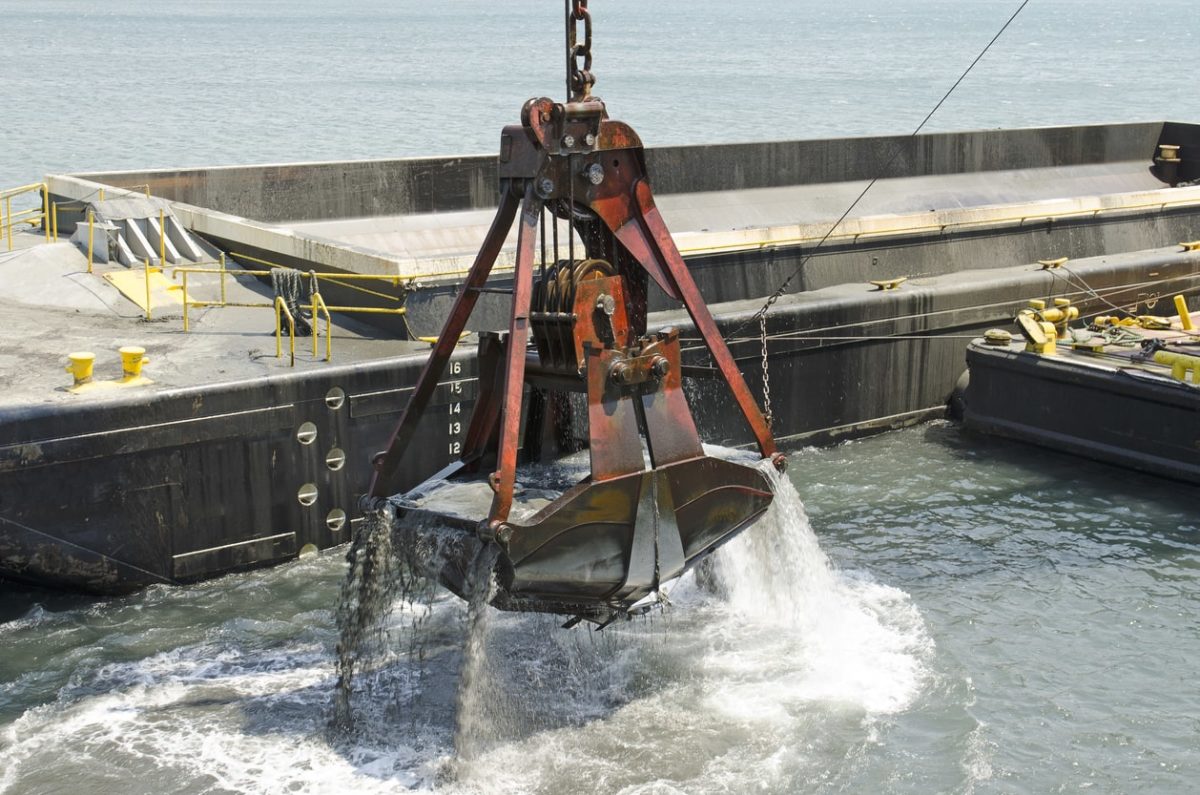
Be Mindful of the Potential Environmental Impact of Dredging
January 23, 2020
Dredging operations are an essential part of the commercial maritime industry. Dredging may be used to keep shipping channels open, to expand port services, and even to reduce flooding risks. Unfortunately, dredging may also lead to significant environmental impacts, including impacts that can be harmful to wildlife. Dredging insurance is only one of many ways that commercial marine companies can protect against the potential risks associated with riverine or sea dredging. Understanding how dredging can impact the environment is the key to managing risks.
The Role of Dredging in the Commercial Marine Industry
Navigable waterways are at a premium in North America, and commercial marine operations rely on dredging to keep those waterways accessible. Dredging is the process of using specialized equipment to remove silt and debris from waterways, such as rivers, canals, and shipping channels. Over time, erosion and wave activity can result in waterways becoming clogged with sediments and debris, creating hazardous conditions for the passage of vessels.
Dredging may also be used to expand port facilities, allowing deep-draft vessels to berth in the ports. In some cases, dredging may be required to remove contaminated sediments from waterways; in particular, shipbuilding and military vessel facilities are notorious for generating runoff contaminated with fuel, oils, and heavy metals. By carefully removing pollutants through the use of dredging equipment, the environment can be restored. Another use of dredging is to replenish beach and coastal areas lost to erosion; in this process, material is moved from offshore areas and deposited on coastlines to restore habitats. In every use of dredging, contractors count on the protection of dredging insurance for coverage against losses, including the release of pollutants during dredging operations.
Risks Associated With Dredging Operations
As mentioned earlier, dredging can be used to clean up contaminated sediments in and around commercial marine facilities. These operations are typically done in a careful and controlled manner. Unfortunately, dredging comes with significant risks on two fronts – during the dredging itself or when excavated material is transported to or deposited in another location.
During dredging, contaminants can be released due to:
- Equipment malfunction.
- Loss of material while it is being transported or piped to the surface.
- Overflow of contaminated “dredging spoils” from dredgers and/or transport vessels.
- Wave/storm activity which compromises conditions during dredging operations.
Widening or deepening shipping channels through dredging can also pose certain risks to marine life and coastal habitats. Silt released during dredging operations can smother delicate coastal vegetation, such as those plants found in salt marshes or flats. These plants are critical in helping to prevent coastal erosion, and their loss through careless dredging can hasten further erosion. Marine organisms can also be affected by the release of silt or sediments during dredging; in worst-case scenarios, mass die-offs of fish and invertebrates have been reported after dredging operations were conducted.
Mitigating Dredging Risks
Dredging is a crucial part of the commercial marine landscape. Without dredging, waterways can become too shallow to allow safe passage of vessels. Ports also depend on this process to ensure safe navigation of cargo vessels in and out of the facility – and global commerce relies on waterways to move thousands of tons of cargo each year.
The commercial marine industry has several risk management practices at its disposal in order to reduce or eliminate the impacts associated with dredging. The first, of course, is dredging insurance, designed to provide liability and property loss coverage if dredging operations were to become compromised. This type of insurance often goes hand-in-hand with environmental pollution insurance or may be bundled together to provide superior coverage.
Choosing the right dredging equipment in the first place can also mitigate certain risks. There are many different types of dredgers, including stationary or self-propelled vessels, and are chosen depending on the composition of the material to be removed. Suction or water injection dredgers are associated with the greatest risks in terms of unwanted sediment release, and the use of these types of dredgers should be avoided in sensitive coastal areas. Implementing safety practices, such as curtailing dredging when severe weather or tide activity is expected, can also help to reduce the impact on the environment. Finally, dredging operations should strive to ensure that all equipment is maintained to prevent the release of contamination, including both sediments and hydraulic fluids, fuel, or oils. With dredging insurance and an eye toward safety, dredgers can conduct their operations with minimal impact to sensitive coastal environments.
About Merrimac Marine Insurance
At Merrimac Marine, we are dedicated to providing insurance for the marine industry to protect your clients’ business and assets. For more information about our products and programs, contact our specialists today at (800) 681-1998.
